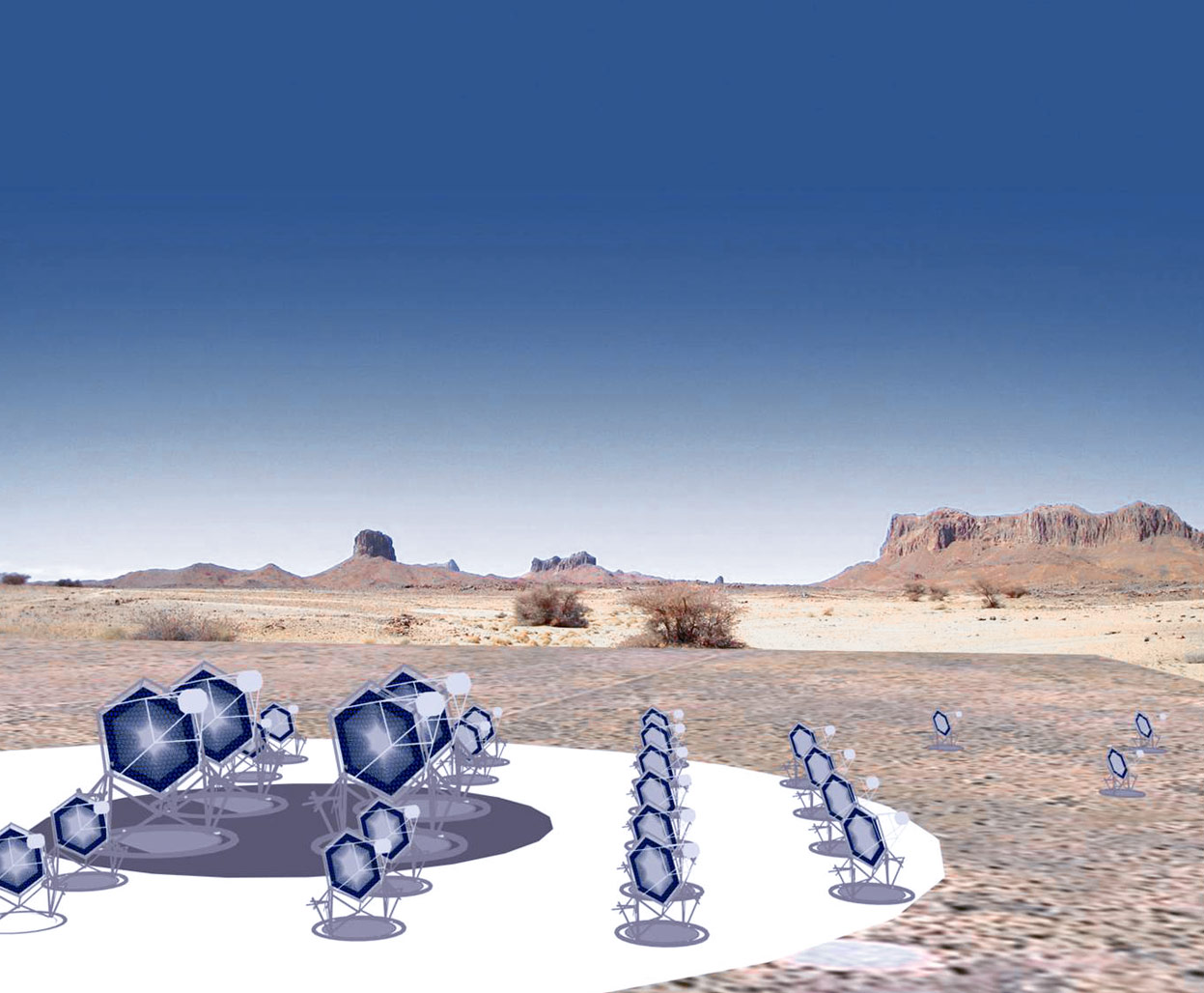The IN2P3 is responsible for the national animation and coordination of activities in nuclear physics, particle physics and astroparticle physics as well as the development of related technologies and applications, especially for health and energy. The goal of such research is to explore particle physics and atomic cores and the basic interactions and connections between the infinitely small and the infinitely large. The IN2P3 Computing Centre supports research in all of these disciplines by providing IT services and resources. This includes several flagship international experiments supported by the CC-IN2P3.
Particle physics
The goal of particle or subatomic physics is to study the constituents of matter and how they interact. This science is also known sometimes as high-energy physics because many elemental constituents are unstable and do not exist in a natural state, meaning they can only be detected during high-energy collisions between stable particles in particle accelerators. The deployed energies correspond to the very first moments of the universe, fractions of seconds after the Big Bang.

LHC
In order to analyse data from the accelerator, a worldwide Computing Grid (W-LCG) was implemented. This infrastructure harnesses the capacities of scientific computing centres across Europe, America and Asia.
The CC-IN2P3 is one of 14 centres worldwide for first-level processing of LHC data and one of only four centres responsible for supplying storage and computing capacity for all four experiments fitted on the accelerator.
Nuclear physics
Matters consists of molecules, which are made up of atoms. These are comprised of a central nucleus surrounded by an electronic cloud. Nuclear physics is the science that investigates the structure of the nucleus and all of the physical phenomena that involve it (fission, fusion, diffusion, radioactivity, etc.). It has various fields of application, including astrophysics, medicine (MRI, radiology, radiotherapy, etc.) and energy production.

AGATA
Astroparticle physics
Astroparticle physics, which is also called particle astrophysics, is the discipline where particle physics overlaps with astronomy and cosmology. It aims to understand the universe as a whole: on all scales (from neutrinos to galaxies), its components (stars, black holes, dark matter, etc.), the interactions between these phenomena (celestial mechanics, gravitational waves, etc.) and their role in cosmic evolution, and its history (Big Bang, expansion and so forth).

LSST
Cosmology
Cosmology is a branch of astrophysics that studies the origin, nature, structure and evolution of the universe. It is not concerned with cosmic objects, rather it investigates the laws that govern these objects. Cosmology seeks to gather all knowledge about the universe into a coherent whole.
Cosmology is based on observing three phenomena: the expansion of the universe, cosmic background radiation and the chemical composition of the universe. Cosmology uses the general theory to describe the universe as a whole.

EUCLID
Euclid is a space telescope with an instrument for visible light and infrared rays. During its mission, which will last at least 6 years, it will measure the gravitational lensing of more than a billion galaxies and the way in which these are distributed through space. These measurements are expected to make it possible to gain an understanding of the characteristics of dark energy.
No fewer than 10 French laboratories are involved in this experiment.

CTA
The current generation of Cherenkov telescopes, such as H.E.S.S., opened up ground-based gamma ray astronomy for energy above a few dozen GeV. The next project, CTA, facilitates in-depth gamma ray exploration of our universe at very-high energies and full investigation into the non-thermal cosmic processes at work.



